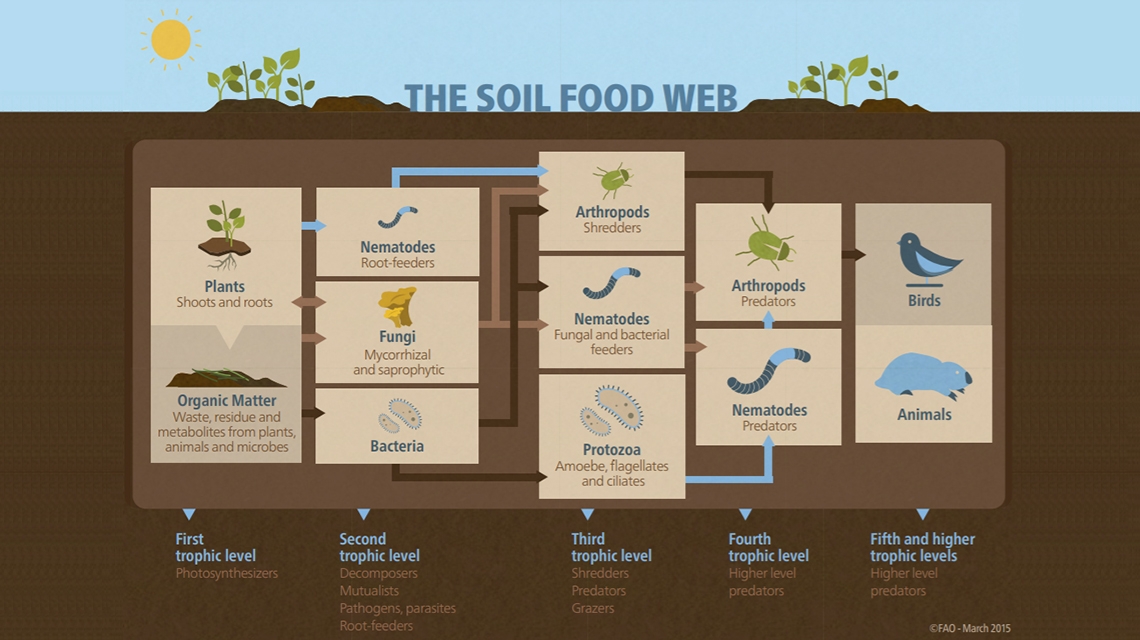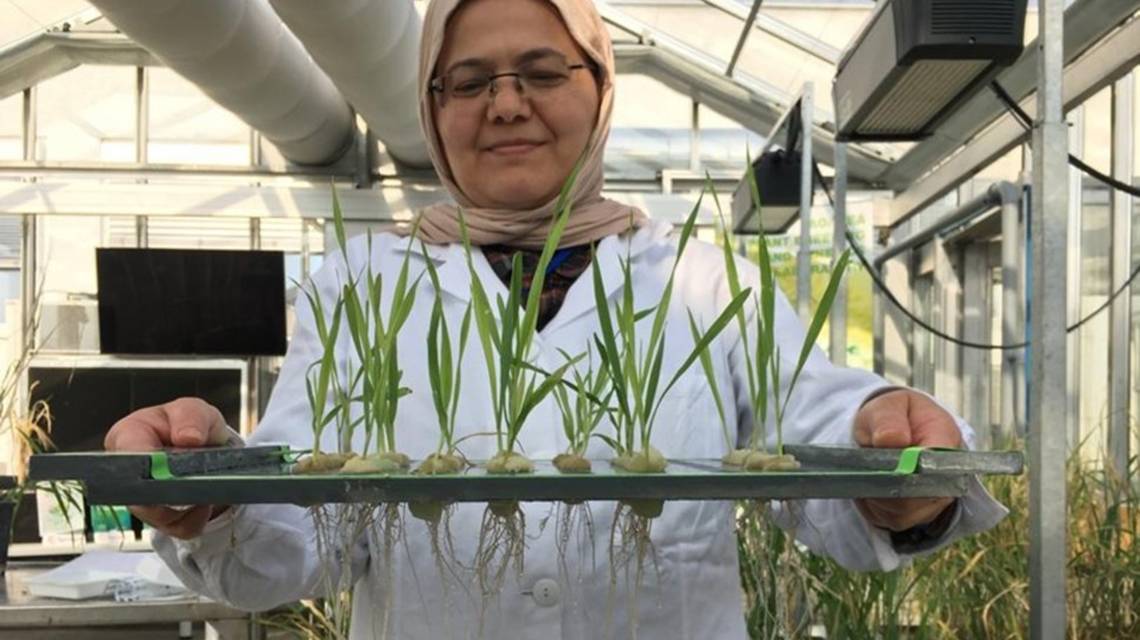This year’s World Environment Day celebrates biodiversity – which includes the diversity within species, between species and the capacity of ecosystems to create diversity. Protecting our natural environment at a time when biodiversity is declining faster than ever in human history is a challenge. The IAEA, in partnership with the Food and Agriculture Organisation of the United Nations (FAO), contributes to soil, plant and animal biodiversity while supporting countries worldwide to reach their strategic objectives towards food security, sustainable agricultural development and ecosystem services with the use of nuclear and related techniques.
Of an estimated 8 million animal and plant species, around one million are threatened with extinction, many within only decades, unless action is taken to reduce the intensity of drivers of biodiversity loss, according to a report published last year by the Intergovernmental Science-Policy Platform on Biodiversity and Ecosystem Services (IPBES).
Soil degradation and invasive species are important biodiversity loss drivers. Over the last decades, the FAO/IAEA laboratories in Seibersdorf, Austria, have developed and validated a wide range of isotopic and nuclear techniques to improve soil quality and management, mitigate the effects of invasive species on the environment and support the breeding of plants and animals with superior genetic makeup, which can better resist climatic changes and diseases. Through its technical cooperation programme and coordinated research projects with partner institutions, the IAEA transfers these techniques to scientists, technicians and practitioners around the world.









